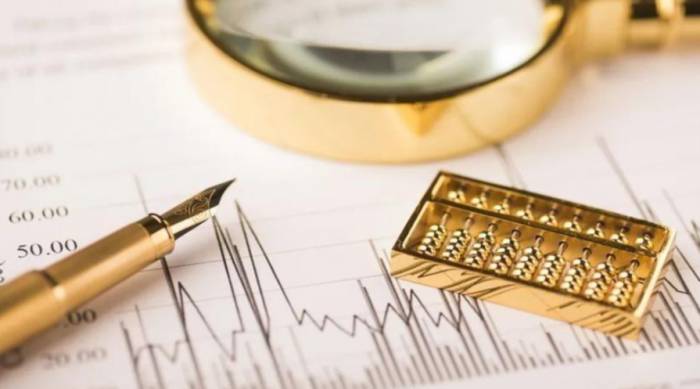
Crude Oil Swings: Post-US Rate Hike, Dollar Plummets, Yuan Rises 600 Pts in 3 Days

The United States has raised interest rates once again,still by 25 basis points.
However,at the same time,the United States has once again failed to raise interest rates successfully; now the more interest rates are increased,the more the dollar falls.
The Federal Reserve has just announced the rate hike,and international crude oil prices have instead seen a significant deep V rebound.
The entire international financial market is no longer following the script set by the Federal Reserve.
01,Deep V Rebound in Crude Oil
We can see from the trend of WTI crude oil prices that the impact of the US dollar exchange rate on oil prices is gradually weakening.
In the past two trading days,crude oil prices have fallen,from $75.5 to $71.8,and yesterday they fell further to $68.2 by the close.
After the Federal Reserve announced the rate hike,crude oil prices instantly fell to their lowest point of $63.64,but then quickly rebounded and are now back to $69.
Whether it is WTI crude oil prices or Brent crude oil prices,they are all priced in US dollars and will definitely be affected by the US dollar exchange rate.
However,under normal circumstances,when the US raises interest rates and the dollar strengthens,oil prices fall.But now we are seeing the opposite trend.On the one hand,the dollar has paradoxically fallen after interest rate hikes,while on the other hand,an increasing number of Middle Eastern oil-producing countries are beginning to experiment with trading in currencies other than the dollar,gradually diminishing the dollar's pricing power over oil.
02,De-dollarization
An increasing number of countries are abandoning the dollar,which no longer holds the unassailable status it once did,and its influence has significantly waned.This could lead to a series of economic and financial issues,with the United States facing very adverse consequences.
Why are more and more countries turning their backs on the dollar?
The dollar has become more than just a currency; its high circulation has made it a tool for the U.S.to deter and sanction other nations.
Naturally,other countries cannot sit idly by and have started to reduce their dependence on the dollar.
If the actions of countries that previously reduced their use of the dollar were merely a pinprick to the United States,the involvement of Middle Eastern countries,especially Saudi Arabia,has sounded an alarm for the U.S.
Among Middle Eastern nations,Saudi Arabia is the most significant,and with its inclusion in the renminbi payment system,the influence of the renminbi is set to expand further,forcing the U.S.to confront this issue seriously.
03,U.S.Debt
Moreover,the continuous interest rate hikes by the Federal Reserve have exacerbated the crisis of U.S.debt.As the anticipated default deadline draws nearer,investors are also willing to pay higher insurance premiums for U.S.debt.The one-year credit default swap for the United States has reached a nearly 10-year high,and investors are now willing to spend $9,600 a year to insure $1 million worth of U.S.debt,almost seven times the amount at the beginning of this year,indicating that the expectation of default among Americans has increased sevenfold compared to before.
At the same time,the desire of Americans to save money is also decreasing.A recent report published by the Federal Reserve Board shows that the savings in U.S.commercial banks have dropped to the lowest point since April 2021.
Funds are not only flowing out of bank deposits,but a significant amount of capital is also flowing directly out of the United States.An increasing number of institutions are selling dollars and buying other currencies to avoid risks, which has also led to a further decline in the U.S.dollar.
which has also led to a further decline in the U.S.dollar.
04,Renminbi Soars
Thus,we have witnessed a magical scene where the recent interest rate hikes by the Federal Reserve have led to a decrease in the U.S.dollar exchange rate.
This time,the decline began before the announcement of the rate hike and continued after the announcement.Currently,the U.S.Dollar Index has reached the 101 mark.
In contrast,the renminbi has experienced a rapid increase in the past few days.Three days ago,the lowest exchange rate of the renminbi was 6.96,but it has now risen to 6.90,with a cumulative increase of 600 points over three consecutive days.
The United States has not yet started to lower interest rates.It is truly hard to imagine what the U.S.dollar will look like once the Federal Reserve begins to cut rates.